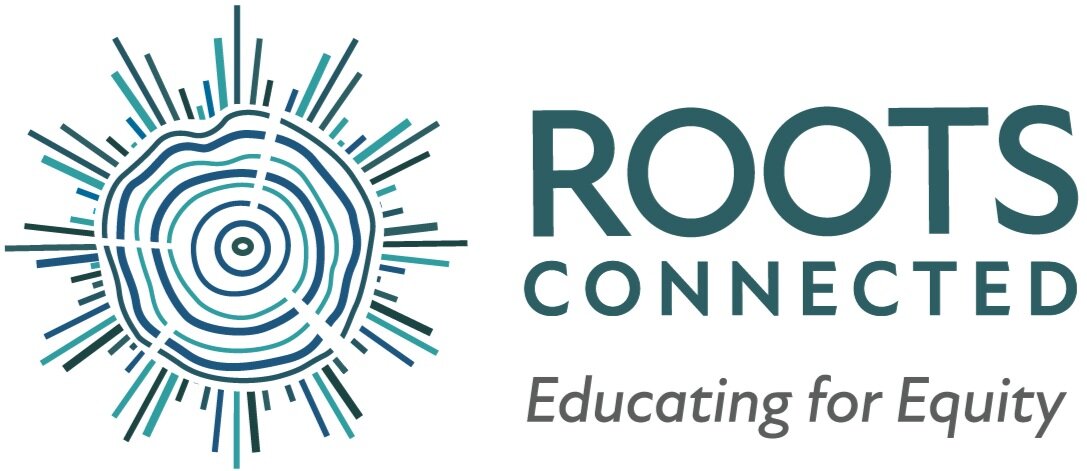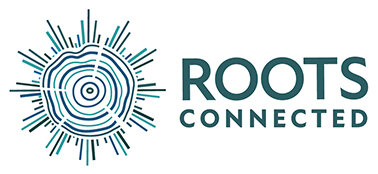Centering Identity at the Beginning of the School Year
The beginning of the school year is fresh with potential, and is the most critical time for educators to get to know their students and build community within their classrooms. The first few days of school can be full of name games and get-to-know-you activities, but with a few small shifts, educators can turn icebreakers into community builders that allow for building deeper relationships and understanding across lines of difference. This kind of relationship building is on-going work, as Cornelius Minor explains in his book, We Got This:
In relationships, it is the process of knowing that makes the dynamic powerful. What counts in any relationship is that the involved parties continue to invest in each other. In this regard, understanding or knowing our students is not something we achieve. It is something that we live. Continually. (Minor, 107)
The investment in building relationships is a process that starts at the beginning of the school year. Educators can keep the process of truly knowing and understanding their students alive throughout the year by continuing to provide opportunities for students to develop their own positive identities and honor each other’s perspectives and stories. This relationship building is a key part of Roots ConnectED’s anti-bias education framework goals for community building and identity work, defined by the development of confident personal and social identities.
The Power of Storytelling
Storytelling is a format that offers students practice with honoring others’ perspectives and developing their own positive social identities. Storytelling has a transformational power that is two-fold: the storyteller reflects on their own lived experiences as they choose how to tell their story and the audience listens to understand others and find connections. As Chimamnda Adiche says in the Danger of a Single Story:
“Stories matter. Many stories matter. Stories have been used to dispossess and to malign, but stories can also be used to empower and to humanize. Stories can break the dignity of a people, but stories can also repair that broken dignity.”
By creating space for storytelling in the classroom, educators invite students to see the full complexity of the humanity of other members in their community. This practice supports students to move beyond relying on the stories that are informed by bias and stereotypes to inform their understanding of those who are different from them.
When doing identity work that requires storytelling, it is critical to co-create brave spaces with students within the classroom community. The following structures cultivate trust that is necessary for identity work in the classroom:
Norms that support engagement with taking risks and being vulnerable
Modeling to demonstrate different ways to respond
Choice in how to share and who to share with
Debriefs to reflect on the learning and connection that took place
In addition to being important structures for storytelling, these are all elements that are essential to other community building activities as well. Educators can develop a practice of using them with students through community building activities first, before inviting them to share more vulnerably into their personal identities.
Identity Share Activities
Here are a few examples of ways to start off the school year with identity using the essential elements outlined above:
1. Artifact Shares
In artifact shares, everyone is asked to think of an artifact (a tangible object) to share from their own life which is part of a story that they can tell about who they are. There might be a specific prompt to support students in preparing, such as: “Think of an artifact that represents a significant moment in your life or has had an impact on who you are today.” Students share their artifact stories in small groups, and then reflect on what that experience was like for them, both as the storyteller and the listener.
2. Identity Webs or Cubes
This activity begins with students learning about how people’s understanding of who they are is made of many different identifiers such as race, class, sex, gender, religion, learner variability, and many other identifiers. Class read-alouds and discussions are ways to support students in understanding what each of those identifiers refer to, and also how they are fluid concepts that determine how we make sense of ourselves and our experiences.
After doing this kind of learning, students are then asked to name aspects of their own identities and share some with the community. Younger grades might want to make identity cubes by writing or drawing a different identifier on each face of the cube. Older grades might want to create identity webs, which are a more open ended format to reflect on different identifiers. Once students have had the chance to reflect on their identities, they share with partners or in small groups. To deepen their learning from the experience, students then discuss similarities and differences they notice within the community.
3. “I am” Poems
Writing poetry is a way to extend the identity cube or web activity, or can stand on its own. After students have had a chance to reflect on their different identifiers as described above, they may be encouraged to write "I am" poems about themselves. This could be done in a structured format, such as a “Where I’m from” poem or an acrostic poem that spells their name. Poems are then shared in small groups or can be read in a gallery walk for students to show appreciation and honor each other.
4. Class Representation Project
In addition to valuing what each student creates and shares about their individual identities, it can be powerful to make a class representation that includes parts from each student. That could be done by creating an “Identity Tree” with identifiers from each student represented on the leaves or branches. Or students can choose one identifier that feels significant to who they are to contribute to a class video. Here is an example of one such video from a 3rd grade classroom at Community Roots, our learning site:
The debrief part of each of these activities is crucial to ensuring that students have time and space to make sense of what has been shared. This is the most powerful part of the activity because this is when participants can construct understanding from the shares and reflect on the connections they have with each other. For example, asking students to reflect on what they learned about themselves and others invites them to recognize the complexity of identity and see each other’s full humanity.
Starting the school year with identity work through activities like the ones listed above builds a strong community and sets a foundation for the year ahead together. To learn more about how to deepen your practice with community building and identity work with students, join us in August for one of our two online Educator Workshops: “Creating Classrooms of Connection and Belonging,” taking place August 6th and August 22nd.
Roots ConnectED also offers educator support through coaching, educational institutes, and resources available on our website. Contact us or fill out our coaching intake form for more information.



